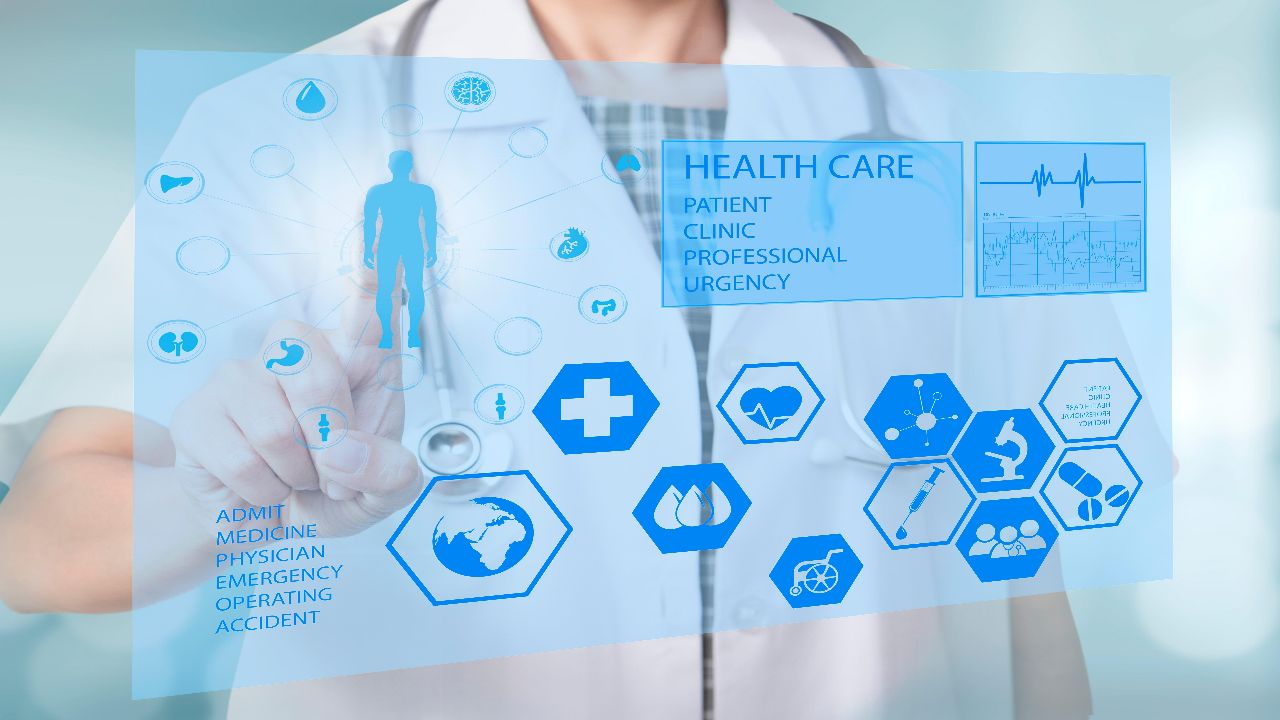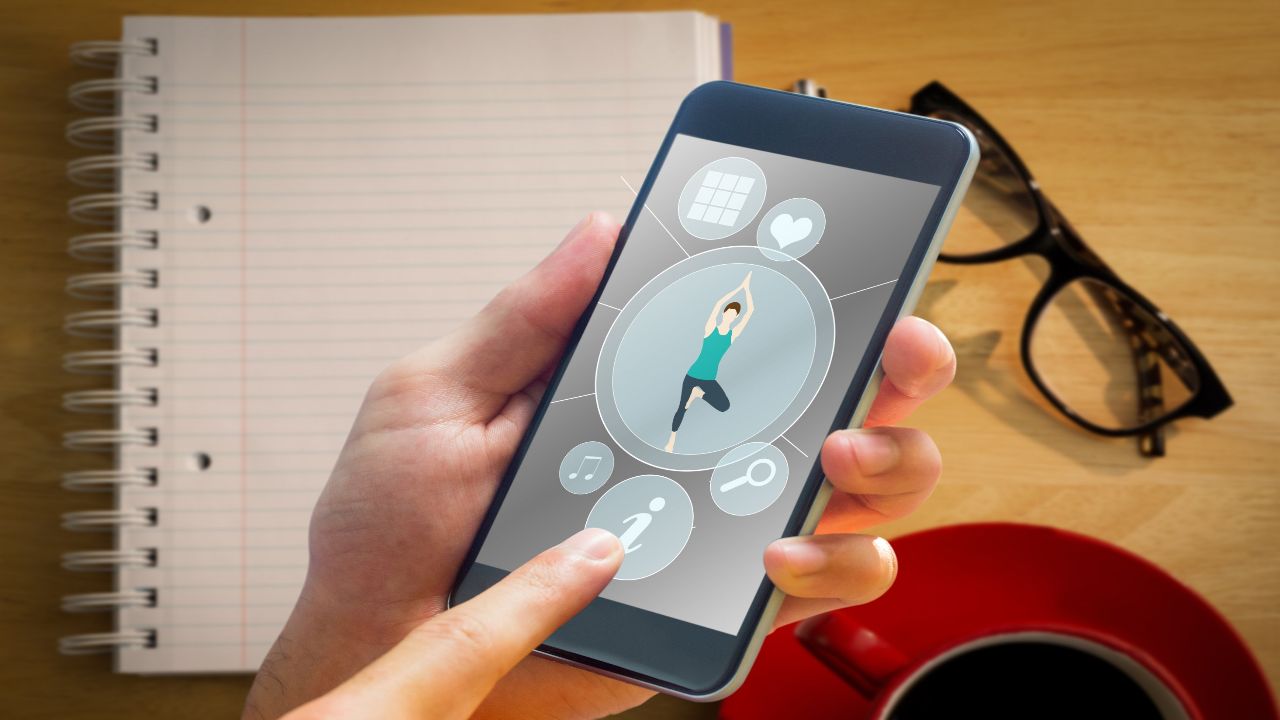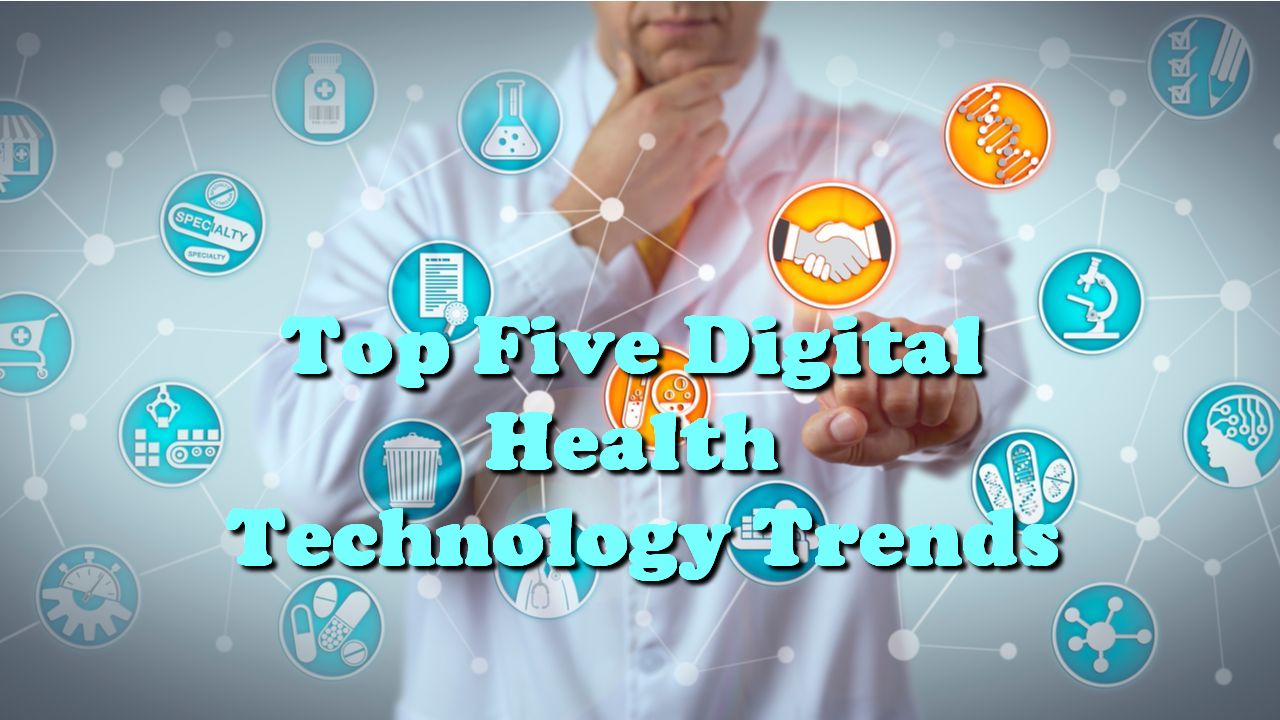Top Five Digital Health Technology Trends
Investors are putting in hundreds of thousands of dollars in the healthcare industry, to have more particular digital health trends and technology. Telehealth, telemedicine, and medical website development among other digital solutions have seen a higher uptake in the recent past.
Part of the upsurge can be attributed to the stand by world organizations to improve and bridge the gap between population groups all over the world. Another factor is the Covid-19 pandemic. The pandemic threw a wrench in what many thought to be established medical solutions and strategies. Both patients and service providers are now thinking of how to be efficient and effective in service provision.
With the momentum gained, it is safe to predict that the need for digital health technology is only bound to increase. Need more information? Then follow this guide or visit this website to learn more about Contract law for physicians.. Let’s have a look at some of the health trends that will change the face of healthcare and medicine.
Telehealth

It can be described as the use of communication technology to deliver healthcare services. Telehealth makes use of tablets, computers, and other communication devices and applications. The particular market has seen growth as it has seen significant support from insurance companies and medicare facilities.
Telehealth allows vulnerable and critically ill people to receive healthcare services without having to travel. It also reduces the spread of communicable diseases, as was the case during the height of the COVID-19 pandemic.
Medicine and IoT

For those who don’t know, IoT refers to the Internet of Things. To simply describe it, consider a network of technological devices that are able to establish a connection and exchange data. Through the use of monitors, devices, and other applications, a doctor can be able to monitor the vitals of a patient from across town with the use of a mobile app or software.
The improved convenience has reduced costs for patients to receive care. The use of monitoring devices also allows for patients to go about their lives almost as normal.
Applications and employee wellness

As families and households kept away from each other, there was a sudden increase in mental health issues all across the world. The need for wellness apps was instantly appreciated and acknowledged. Several mindfulness applications came into the fold, e.g. Liberate, Headspace, and Calm just to name a few.
These applications are key to maintaining the sanity and mental health of employees as they go about their daily tasks.
Management of infectious diseases

With the use of applications, governments and other health authorities are able to test, monitor, and track the spread of diseases within a region. The level of innovation was sparked during the pandemic. It is hopeful that applications for other diseases such as malaria, TB, and hepatitis B can be discovered in the future.
Virtual reality
When the term virtual reality is mentioned, many think of video games in an arcade. Who knew that the safe phrase could be used in a medicine or healthcare setup? Virtual reality is now being used to help train students for surgery and run simulations. It is also being used in mental institutions to help in pain management and diagnosis of patients.

